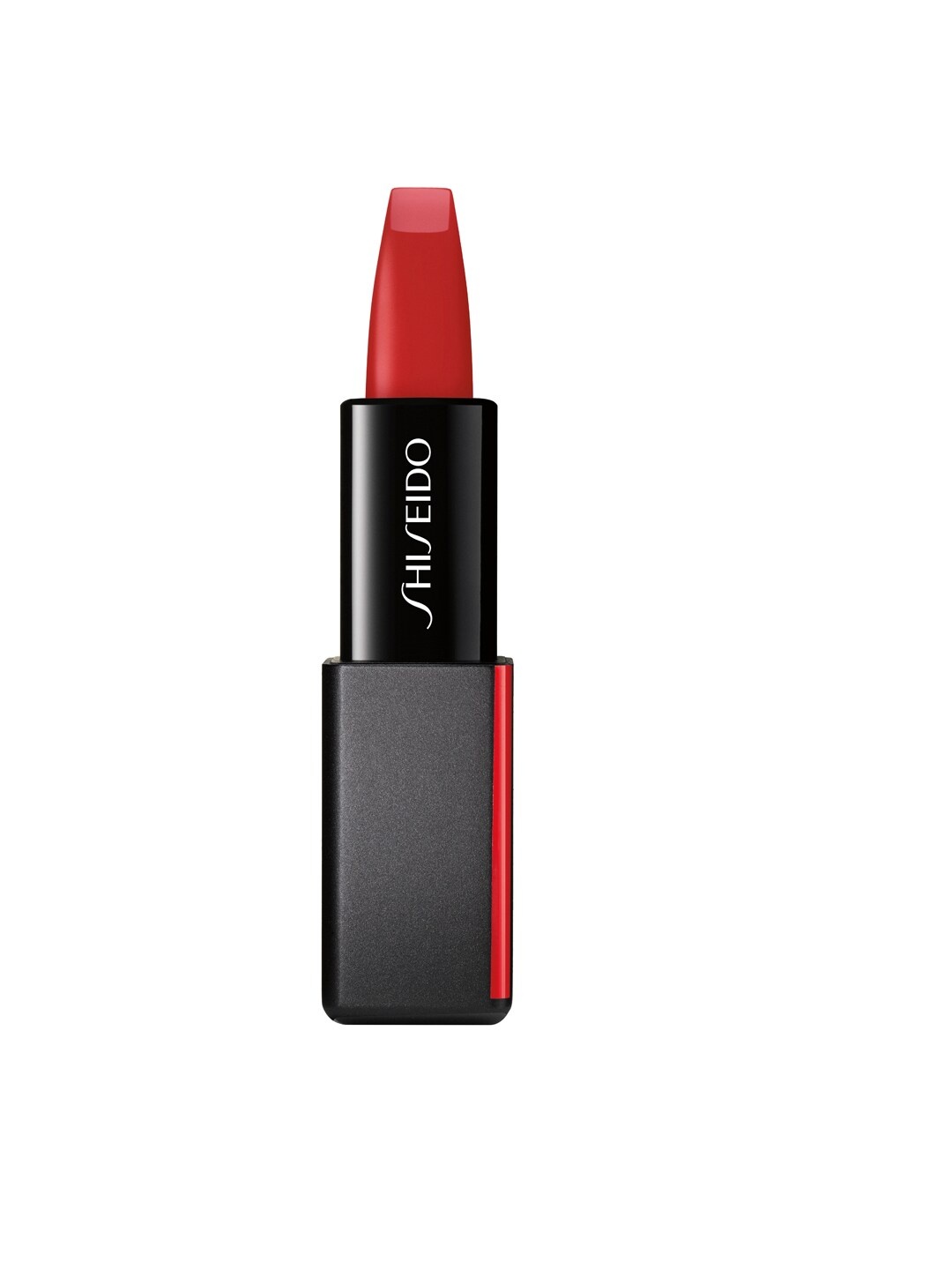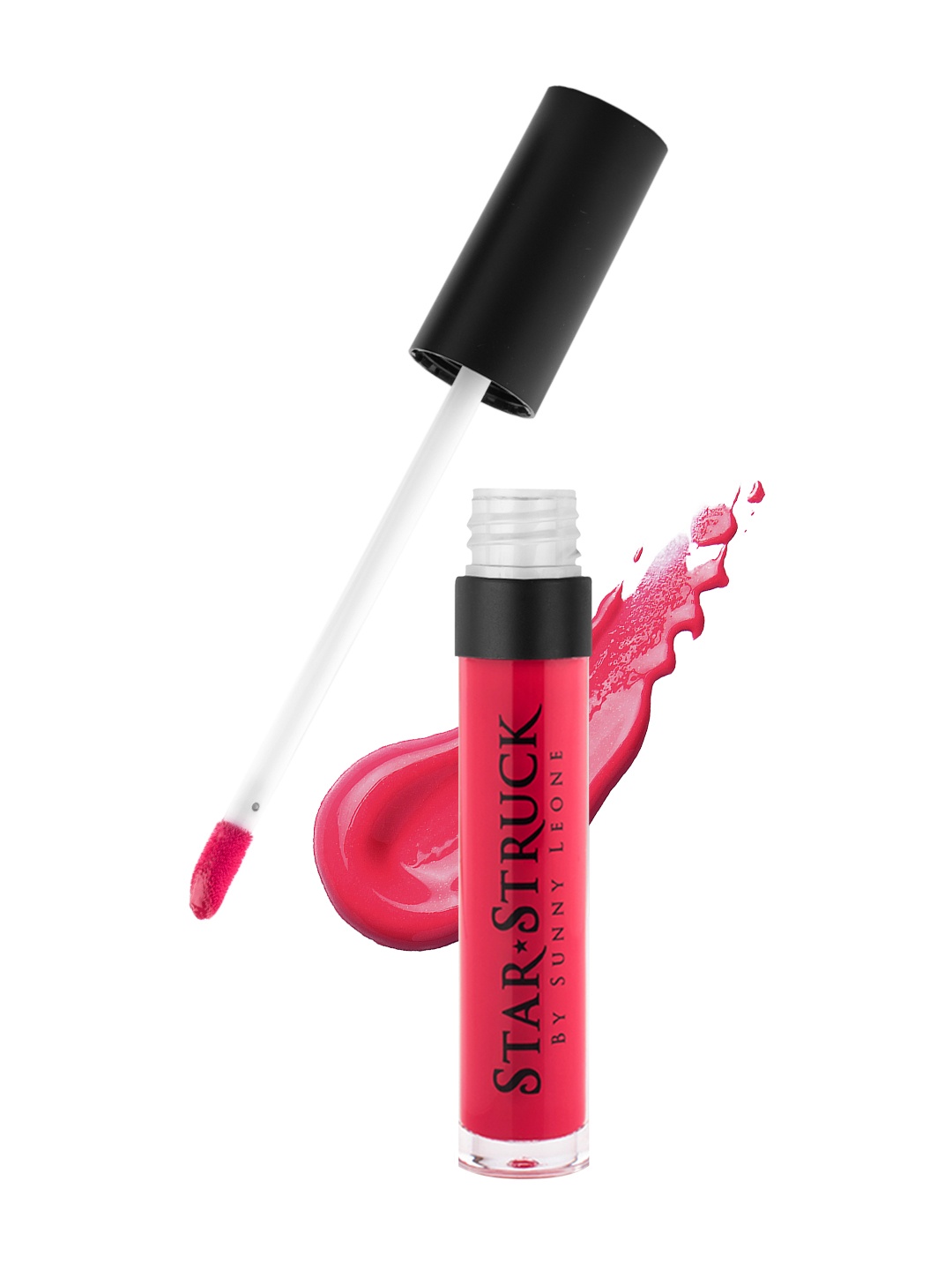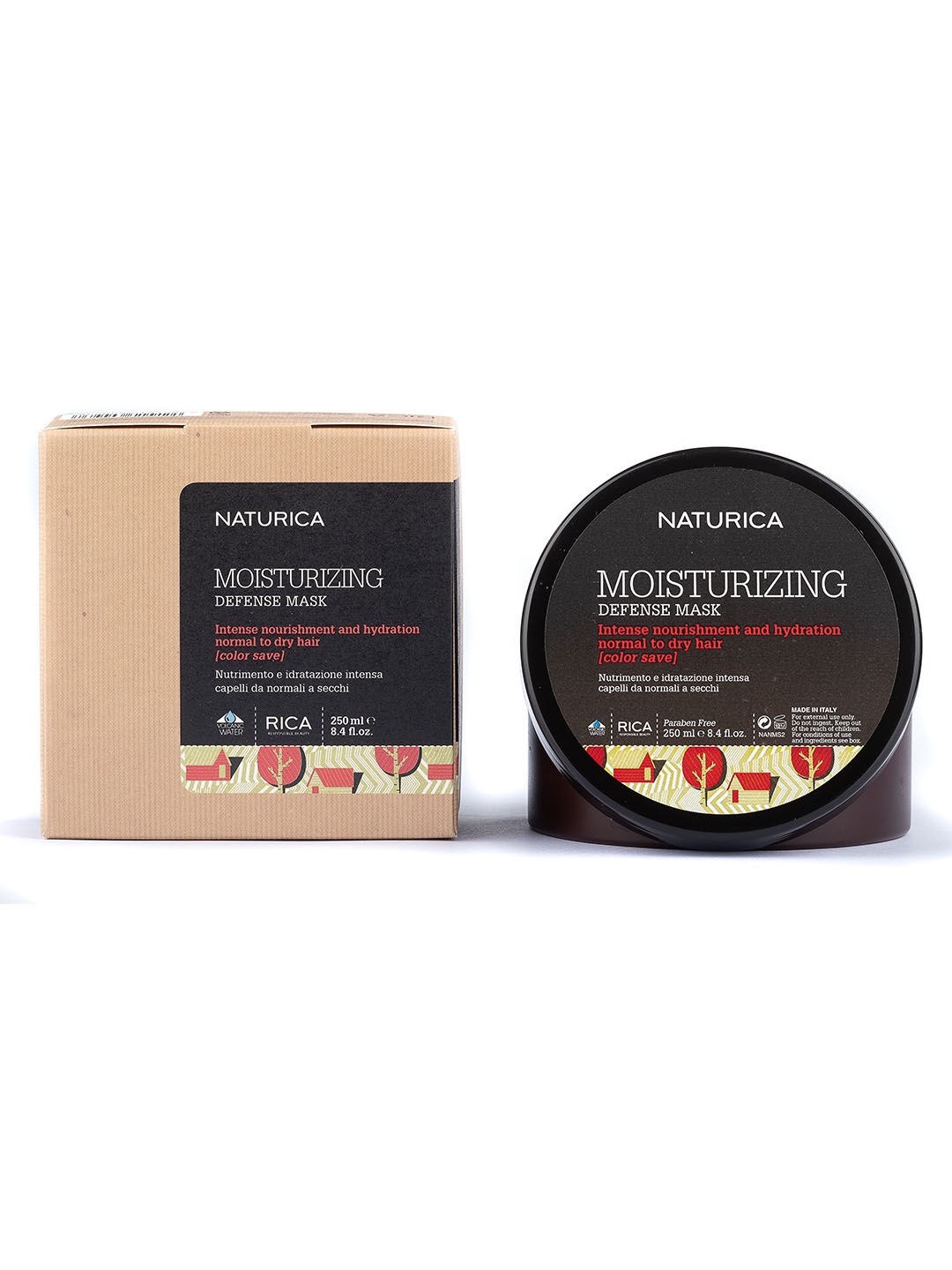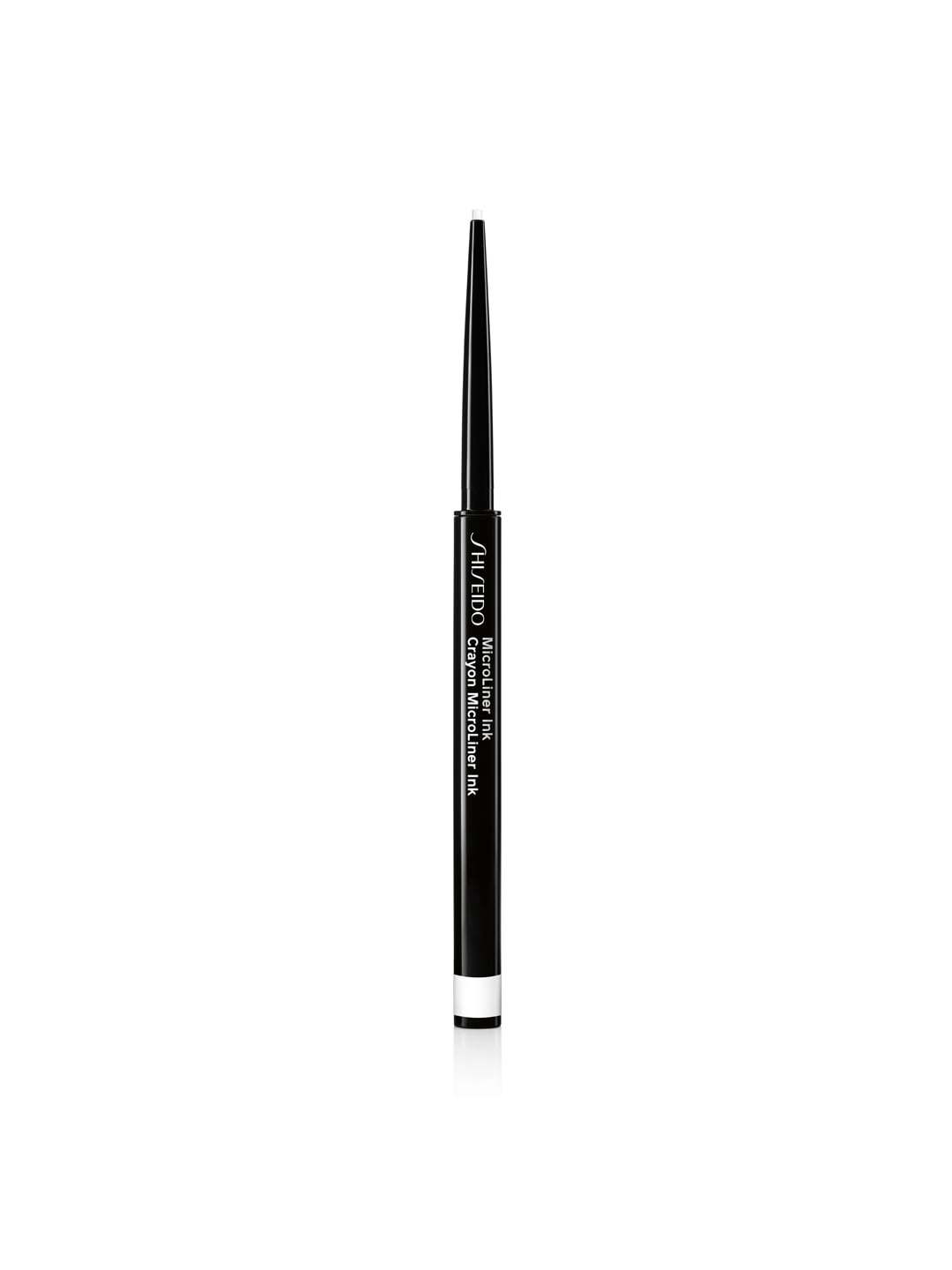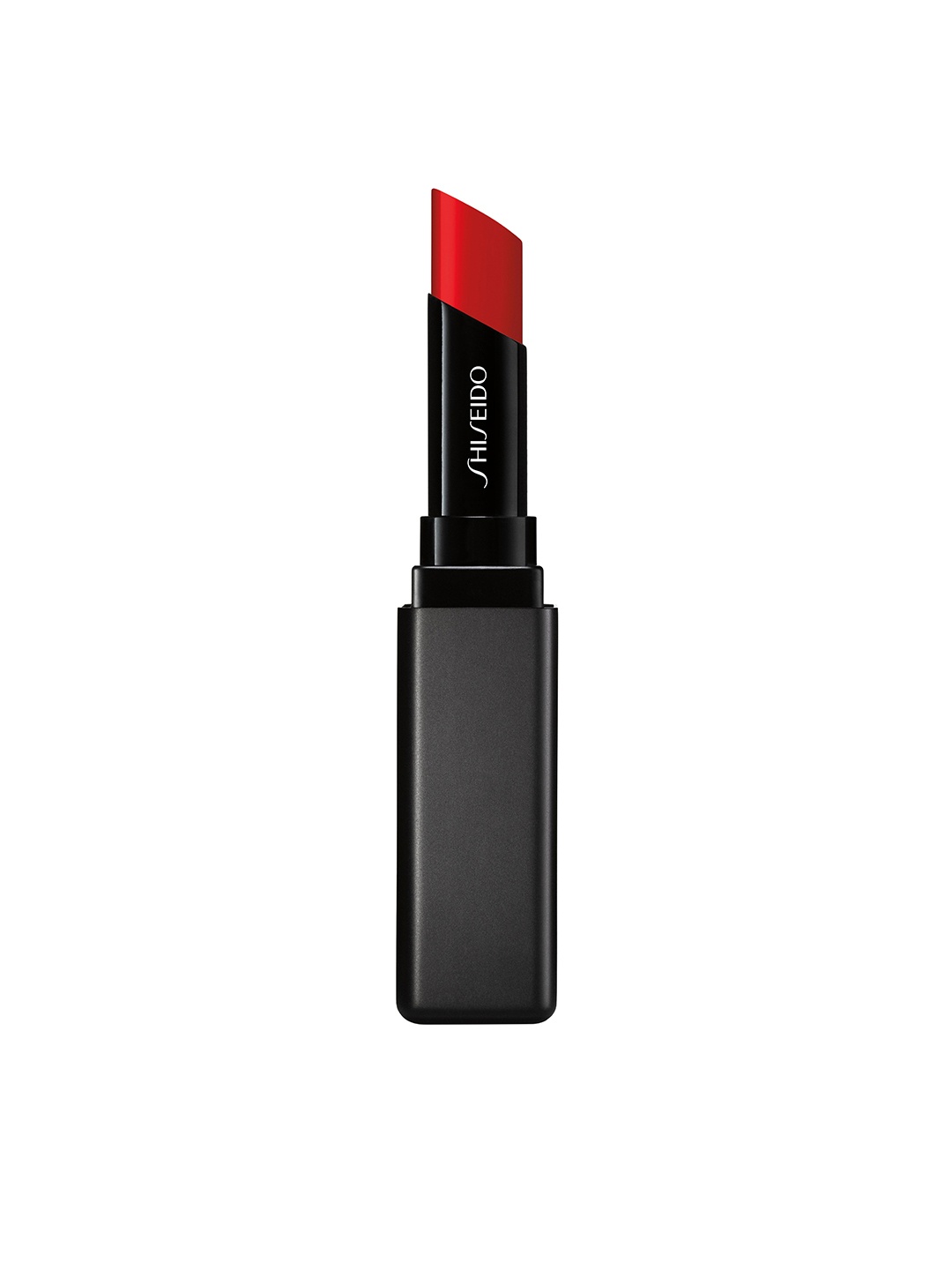How Often Should You Clean Ears? 10-Step Routine That Respects Your Ear Canal
Cotton buds, hairpins and even car keys, the list of household 'ear-cleaning tools' people experiment with can be surprisingly adventurous. So, if you want to know how often should you clean ears, then just check out this safe 10-step routine that respects your delicate ear canal.

Ear Cleaning Routine: How Frequently Should You Really Do It?
The human ear is an elegant piece of design. Tiny bones, delicate skin, wax-producing glands, and a self-cleaning mechanism that deserves more applause than it ever gets. Yet, many people treat ear cleaning like sweeping the floor, believing that if it isn't scrubbed regularly, things will pile up and cause trouble. That's where myths meet reality.
From weekly cotton bud rituals to salon ear-cleaning sessions, habits vary wildly. Some view earwax as a dirty inconvenience, while others quietly ignore it until discomfort strikes. But here's the twist: the ear canal is not meant to be polished daily. Overzealous cleaning often causes more harm than good.
Let's break it down into simple, relatable points that bust myths, sprinkle in practical advice, and help you develop a routine that respects your ears. So, if you want to know how often should you clean ears, then just check out this safe 10-step routine that respects your delicate ear canal.

This 10-Step Process Reveals The Right Way To Clean Your Ears In A Way That Also Protects Your Ear Canal.; Photo Credit: Pexels
1. Earwax Isn't Dirt, It's Your Ear's Security Guard
When a fine layer of wax builds up inside the ear canal, many rush to clean it out as though it's dust gathering under a bed. The truth is, earwax, or cerumen, if you prefer the scientific term, is more of a protector than a pollutant. It traps dust, bacteria, and even tiny insects before they get anywhere near the eardrum. It's like the security guard who quietly works at the gate so the main house remains undisturbed.
Think of it this way: just as turmeric in the kitchen doubles up as a natural antiseptic, earwax plays a medicinal role. It's slightly acidic, which helps prevent fungal and bacterial growth. Removing it too often leaves the ear canal vulnerable, dry, and itchy.
The body is designed to push out old wax naturally, much like the Mumbai local pushing people towards the exit at Dadar station. Unless it's causing blockage or discomfort, most of that 'yellow stuff' doesn't need interference.
2. The Cotton Bud Obsession, A Habit Worth Rethinking
Walk into a chemist's shop and you'll see packs of cotton buds stacked neatly near the counter. They sell quickly, partly because they feel harmless. A soft tip, a quick swirl, and that's it, or so people think. The reality is less comforting. Instead of pulling wax out, cotton buds often push it further in. Over time, this can lead to stubborn blockages, reduced hearing, or even painful ear infections.
What starts as a harmless ritual can spiral into medical visits that cost far more than a box of buds. Imagine spending ₹2,000 at an ENT clinic for ear suction simply because a cotton bud decided to shove wax towards your eardrum. Not quite the bargain people had in mind.
It's not about demonising cotton buds; they're great for fixing eyeliner smudges or cleaning gadgets, but ears are a different story. They deserve more care than a quick poke with whatever's lying around.
Also Read: Sunscreen Isn't Enough, These Skincare Tools Are Your Real Summer Skin Saviours
3. Signs Your Ears Need Professional Cleaning
Most ears don't need frequent cleaning. Still, there are moments when intervention becomes necessary. The key is recognising those signs instead of treating every bit of wax as a red alert.
If sounds start to feel muffled, as though someone has stuffed cotton inside your head, it could be a wax blockage. Persistent itching, pain, or a foul smell are other clues that things aren't normal. Sometimes children complain of a 'full' feeling in the ear, while adults might notice ringing or dizziness. These aren't signs to grab a pin or pour oil down the canal; they're cues to consult a doctor.
Professional ear cleaning at a clinic isn't about vanity. It's about safety. Doctors use specialised instruments, gentle suction, or water irrigation, all of which remove wax without risking injury. Unlike home experiments, the process is quick, effective, and reduces the chance of infection. Think of it as calling a plumber instead of hammering pipes yourself.
4. The Natural Self-Cleaning System of Ears
Few body parts can boast of self-cleaning, but ears cut. The skin in the ear canal grows in a unique outward pattern, moving old wax slowly towards the opening. Chewing, talking, and jaw movements help this natural conveyor belt along. That's why bits of dry wax are sometimes found on pillowcases or at the ear entrance without any effort.
It's a fascinating design, yet people often underestimate it. Instead of trusting nature, there's a tendency to interfere. Imagine sweeping a veranda that already has a cleaning staff working quietly; sometimes the interference does more harm than help.
Understanding this natural process helps reduce the urge to poke around. Unless the system malfunctions, which is rare, the ears manage their own hygiene surprisingly well.

This 10-Step Process Reveals The Right Way To Clean Your Ears In A Way That Also Protects Your Ear Canal.; Photo Credit: Pexels
5. The Dangers of Over-Cleaning
In a culture where daily bathing and grooming are drilled into routine, there's a temptation to apply the same philosophy to ears. But over-cleaning strips away protective wax, leaving the skin dry, sensitive, and prone to infection. Some even end up with small cuts that sting every time they apply shampoo.
Overzealous cleaning also creates a vicious cycle. The drier the canal becomes, the more it itches. The more it itches, the more people poke around. This constant fiddling can invite bacteria and fungi to throw a party inside the ear.
Think of wax like a moisturiser, wipe it all away and the skin cracks. Leave a natural layer, and balance is maintained. Moderation, not obsession, is the real solution.
6. How Often Is 'Often Enough'?
Here's the golden question: how frequently should ears be cleaned? For most people, the answer is: not at all, unless symptoms appear. The ear canal doesn't demand weekly maintenance. A gentle wipe of the outer ear with a damp cloth during a bath is usually enough.
For those prone to wax build-up, a genetic trait in some families, occasional cleaning by a doctor may be required. This could be once every few months or even once a year. There's no universal schedule because ears differ just as much as sleep habits or spice tolerance.
So instead of circling dates on a calendar, pay attention to comfort. If hearing is clear and there's no discomfort, there's no cleaning required. Simple as that.
7. Safe Home Practices That Help
While poking inside the ear canal is a no-no, caring for the outer ear is practical. A soft towel after a bath keeps the area dry and prevents fungal growth, especially during humid monsoons. Coconut oil, though often used as a 'remedy', should never be poured inside the canal, but massaging around the outer ear can ease dryness.
Children sometimes push bits of eraser or paper into their ears during play. Regularly checking their outer ear can prevent such surprises. For adults, investing in good earphones rather than using sharp objects to relieve itching is a small but wise change.
Saltwater gargles and steam inhalation during colds also help prevent congestion from reaching the ears. These simple, non-invasive habits go a long way in maintaining ear comfort without unnecessary risks.

This 10-Step Process Reveals The Right Way To Clean Your Ears In A Way That Also Protects Your Ear Canal.; Photo Credit: Pexels
8. Cultural Quirks and Salon Cleanings
Walk through markets and you'll often spot roadside 'ear cleaners' offering services for as little as ₹50. They carry small hooks and claim years of experience. The temptation is understandable, quick, cheap, and oddly satisfying. But the risks outweigh the thrill. Hygiene is questionable, tools are often reused, and one wrong move can pierce delicate skin.
Even in salons, ear-cleaning services have gained popularity. They promise relaxation but don't always prioritise medical safety. Unlike a pedicure or a haircut, the ear canal isn't an area where aesthetics should trump health.
While traditions around ear cleaning may carry nostalgia, perhaps grandparents sitting children down with mustard oil, it's wise to balance cultural quirks with modern medical sense. Some practices survive because they feel comforting, not because they're safe.
9. Ear Health Beyond Wax
Caring for ears isn't just about cleaning. Lifestyle plays a bigger role. Prolonged headphone use at high volumes, for instance, causes more ear damage than wax ever could. Noise pollution in bustling cities, festive firecrackers, and loudspeakers also takes a toll on hearing health.
Adding foods rich in omega-3 fatty acids, like walnuts and flaxseeds, supports auditory function. Staying hydrated helps maintain the delicate balance of ear fluids, which affect balance and hearing.
In short, the bigger picture of ear health goes far beyond cleaning routines. Respecting noise levels, choosing protective gear when needed, and visiting a doctor for regular check-ups all contribute to long-term ear wellness.
10. Building a Simple, Respectful Routine
So, what does an ideal routine look like? Start with a daily wipe of the outer ear during bathing. Avoid inserting anything into the canal, no buds, pins, or creative alternatives. Notice symptoms rather than guessing. If ears feel blocked, seek professional help instead of experimenting.
Encourage children early on to avoid poking their ears. Share stories, like how the ear is its housekeeping staff, to make the lesson stick. Keep cotton buds for art projects, not ears. And most importantly, resist the urge to treat wax as dirt.
Respect is the keyword here. Just as one wouldn't scrub away natural oils from the skin or pull out every hair strand in sight, ears, too, need a balance between hygiene and protection. Once that respect becomes part of daily habits, ear health stops being a worry.
Products Related To This Article
1. Dr Vaku® Earocam Earwax Removal Tool Kit with HD Camera
2. Waztex Cleansify Ear Endoscope Otoscope
3. Careforce Ear Wax Cleaner - Reusable Ear Cleaner Tool Set with Storage Pack
4. Portronics Cleansify Ear Endoscope Otoscope
5. JustLatest Ear Wax Cleaner 6Pcs
Ears are quiet workers. They don't demand much attention, but they serve a vital role in how the world is heard. The obsession with cleaning them too often is less about need and more about habit. By understanding that earwax is a natural shield, trusting the body's self-cleaning process, and seeking help only when discomfort arises, one can avoid unnecessary risks.
A routine that respects the ear canal is refreshingly simple: clean the outside gently, leave the inside alone, and step into a doctor's office if symptoms persist. Anything more is not just unnecessary but often harmful. Sometimes, the best care is knowing when to let nature do its job. Check Today's Deals On Amazon.
Disclaimer: The images used in this article are for illustration purposes only. They may not be an exact representation of the products, categories, and brands listed in this article.











